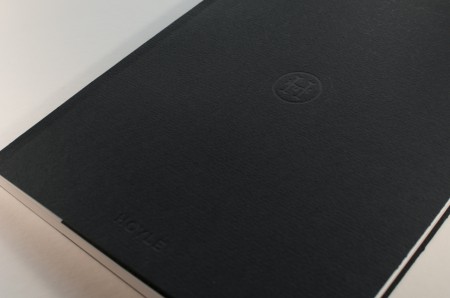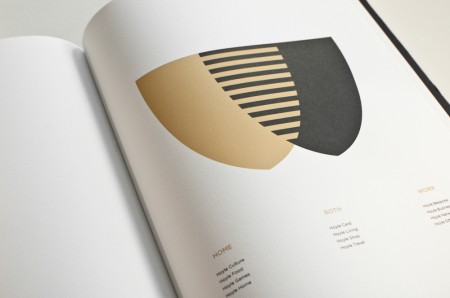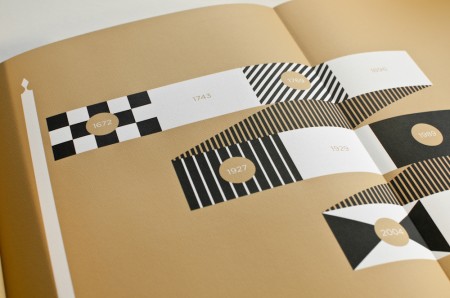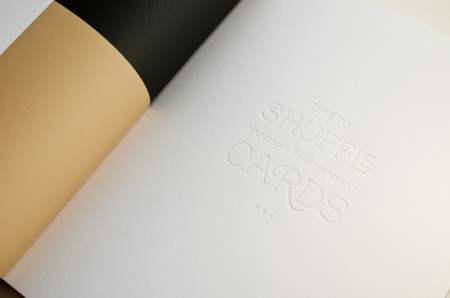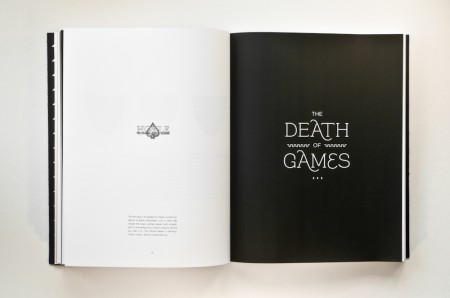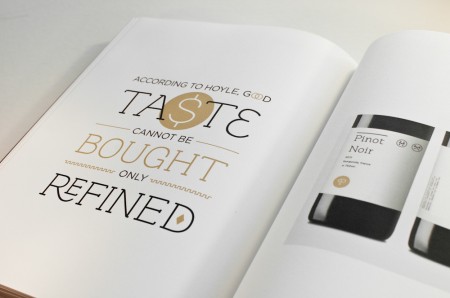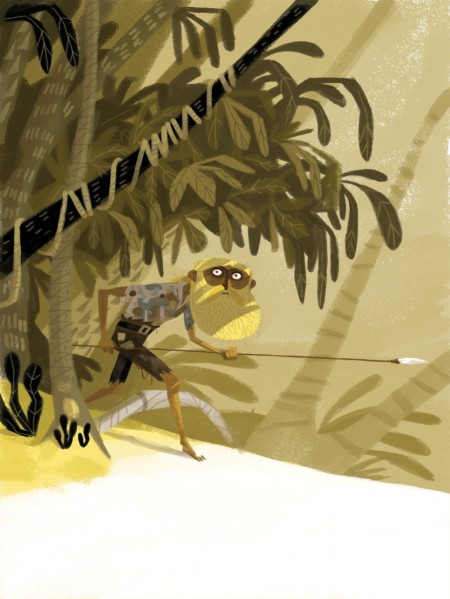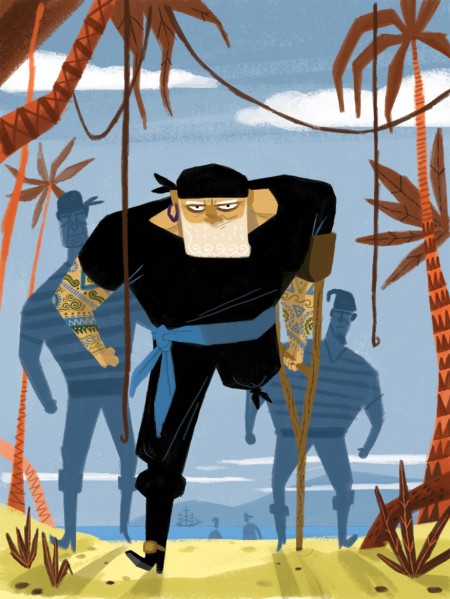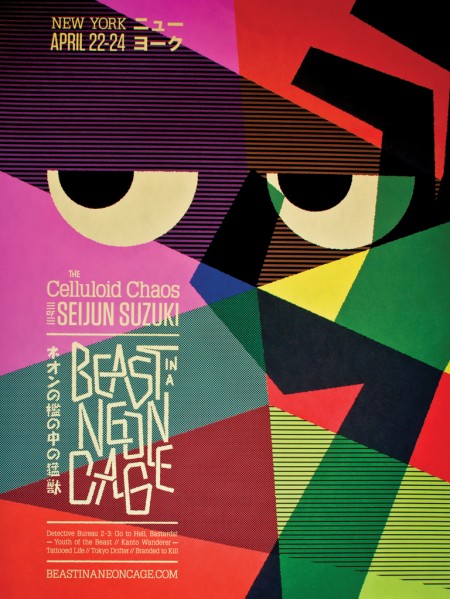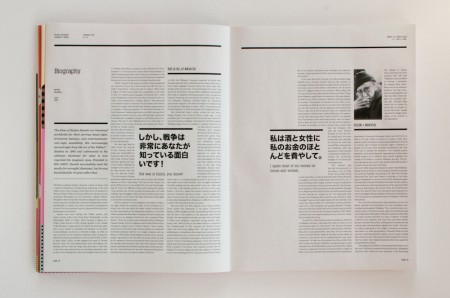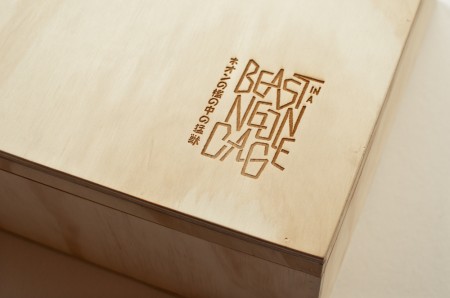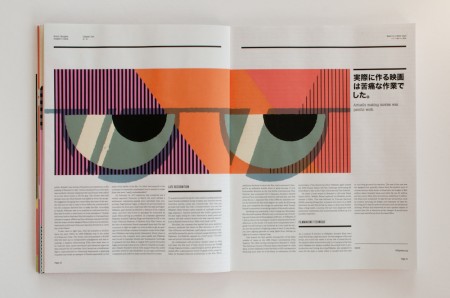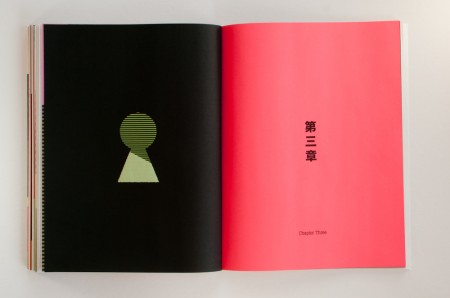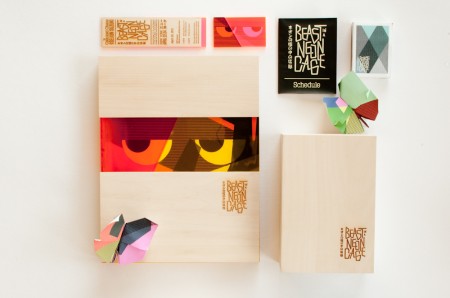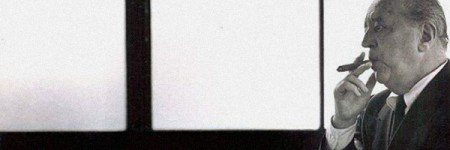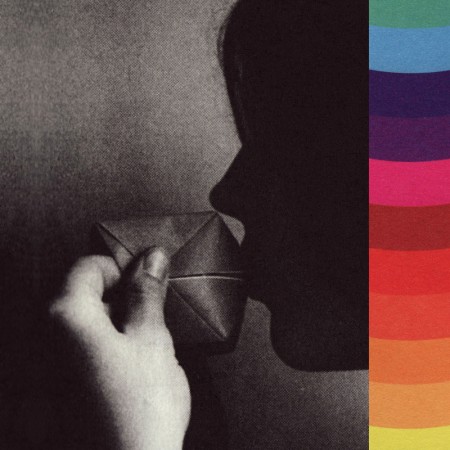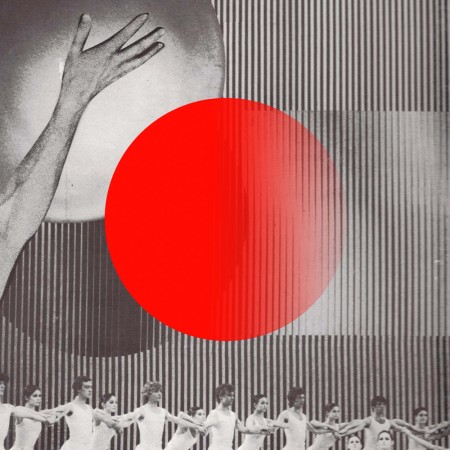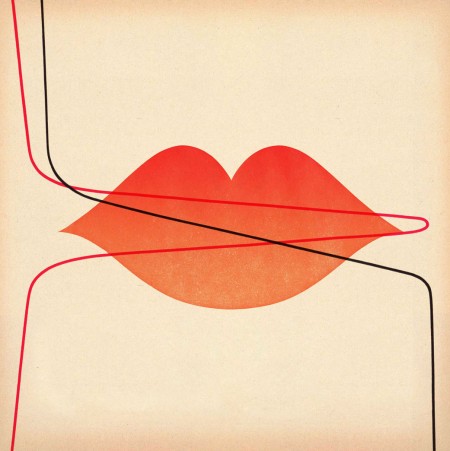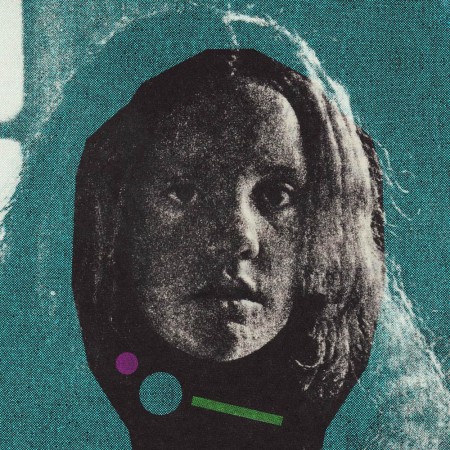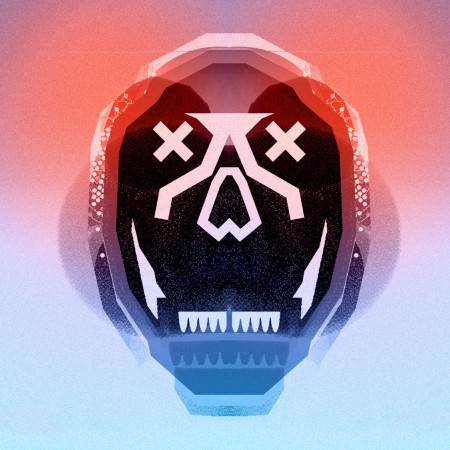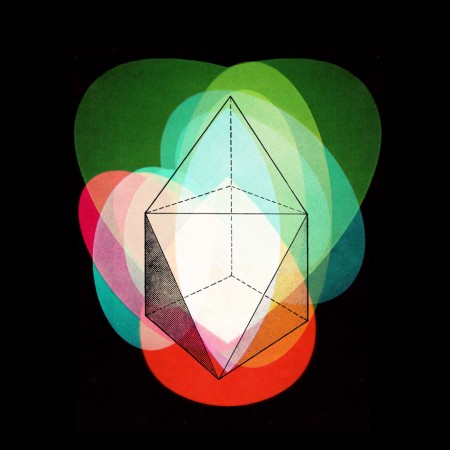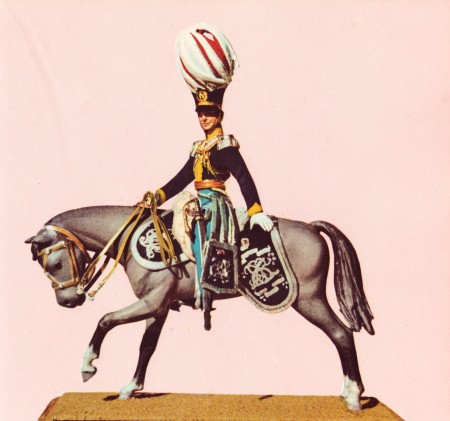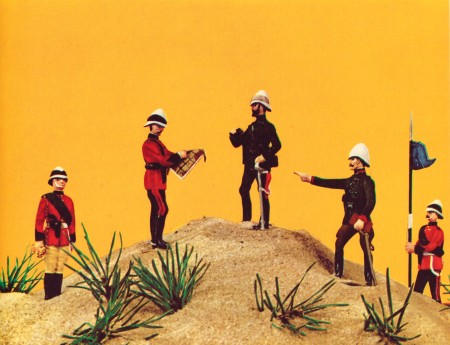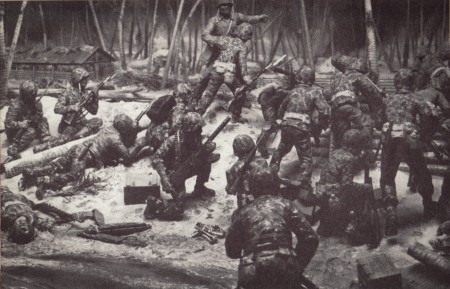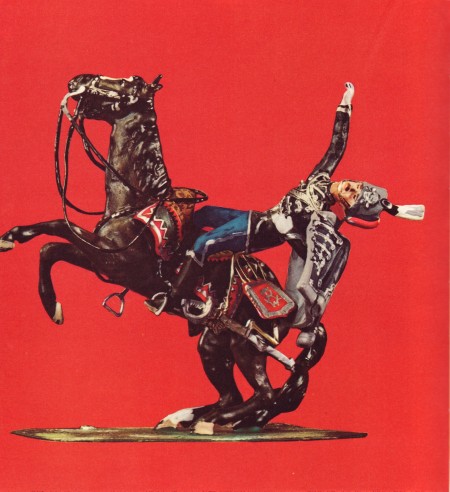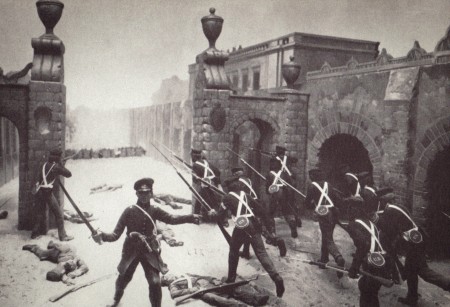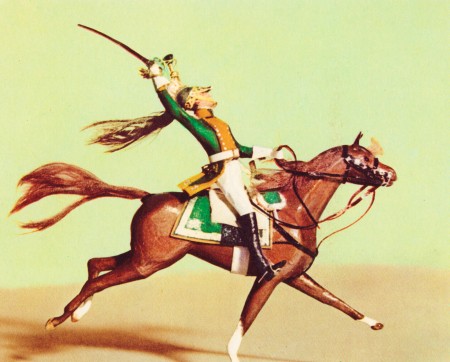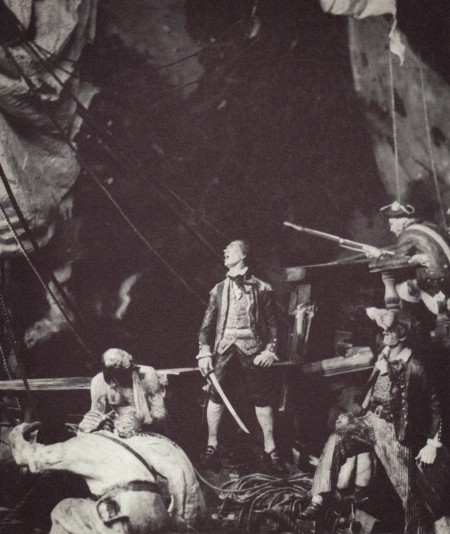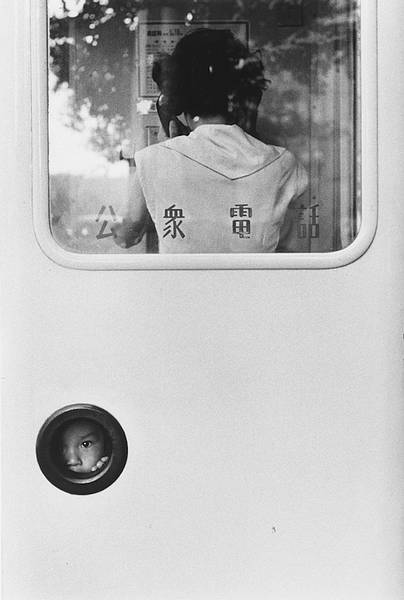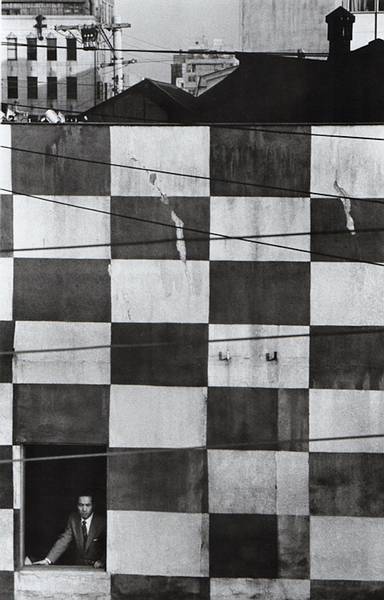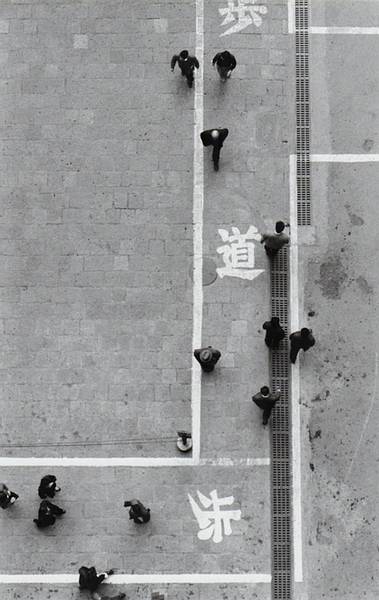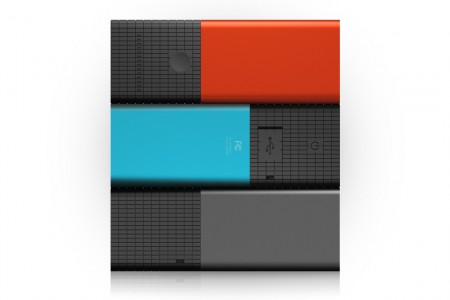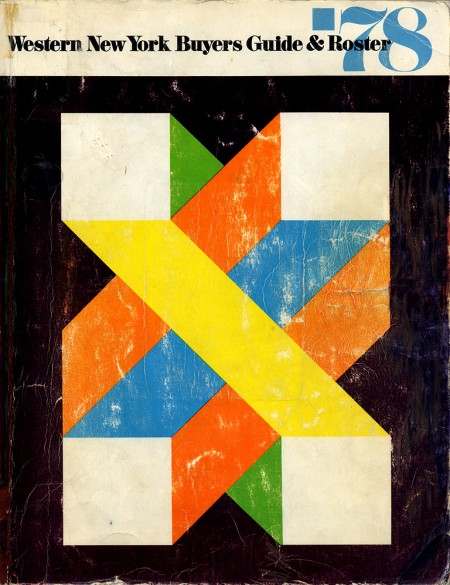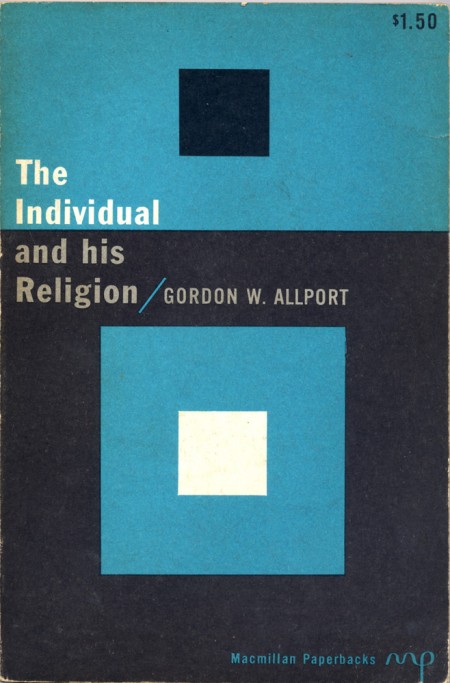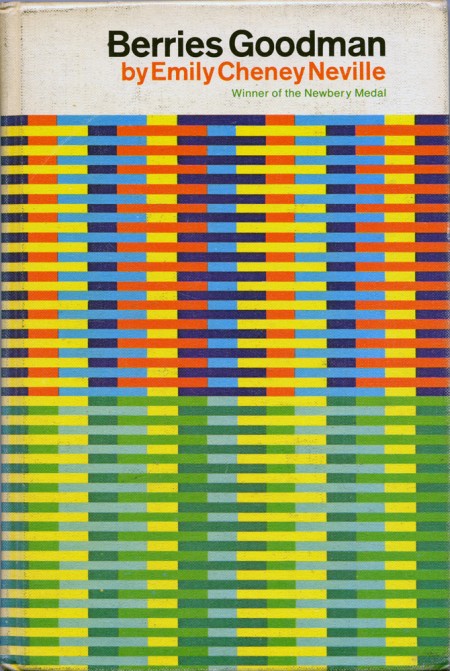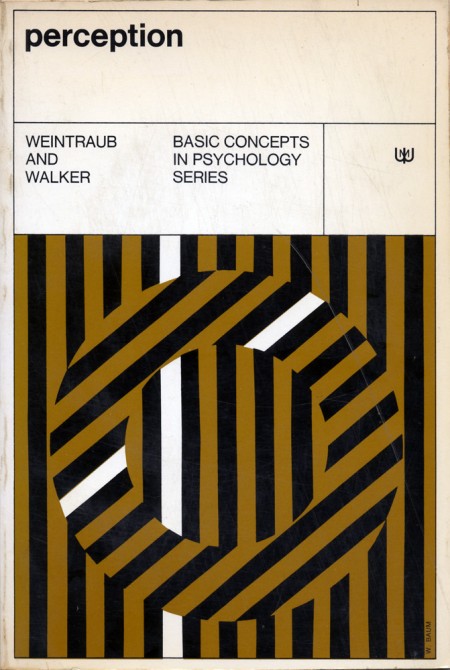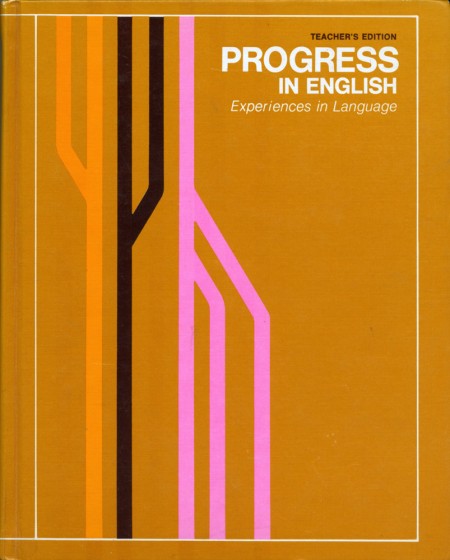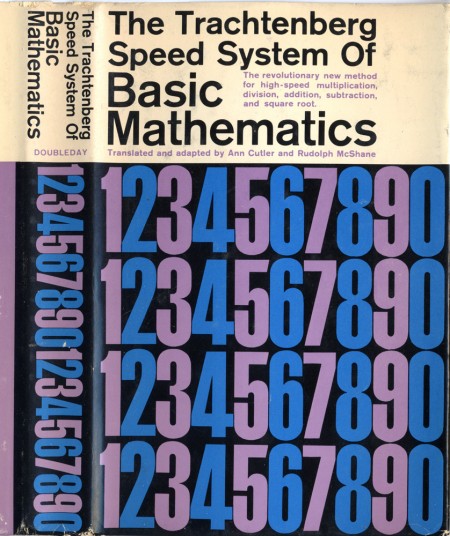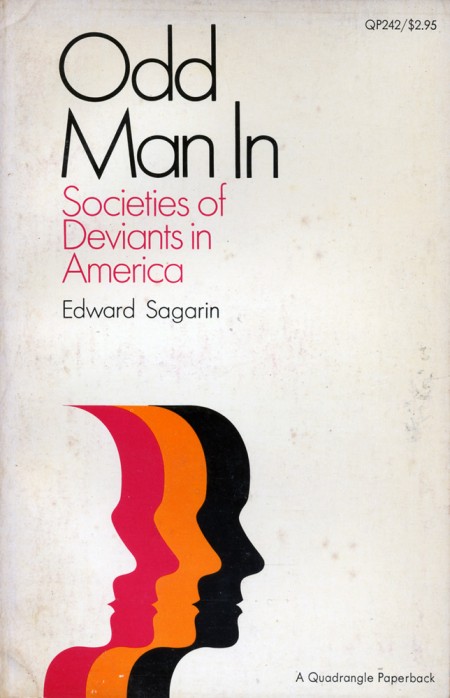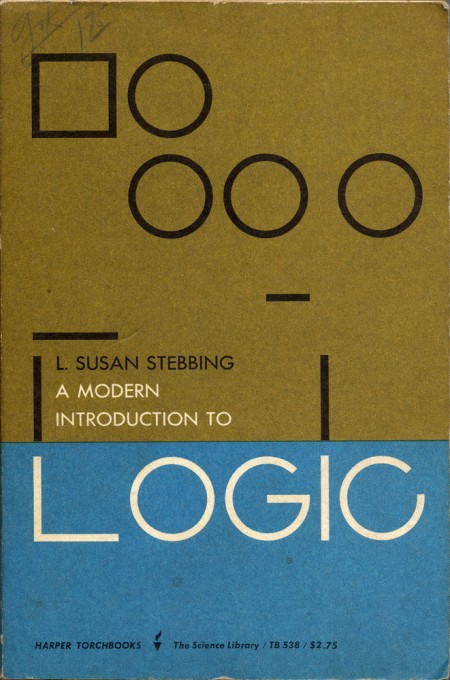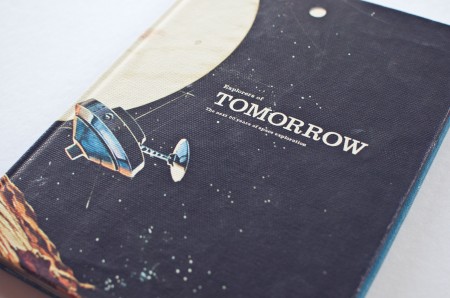
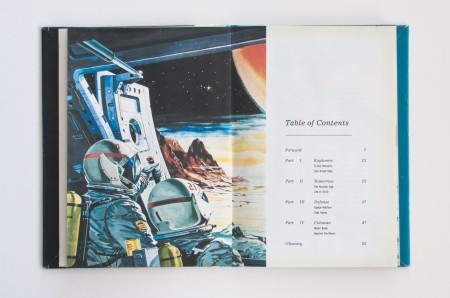
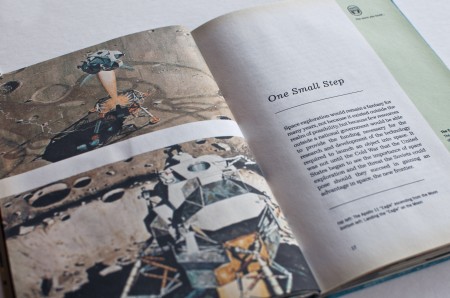
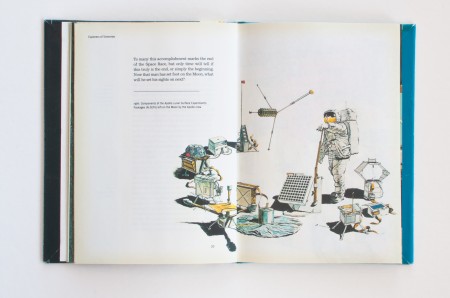
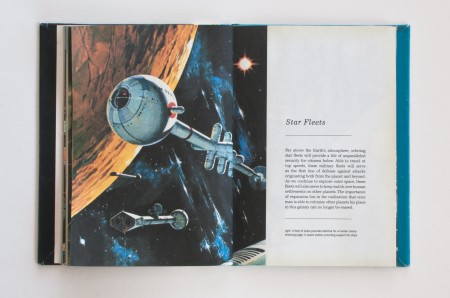
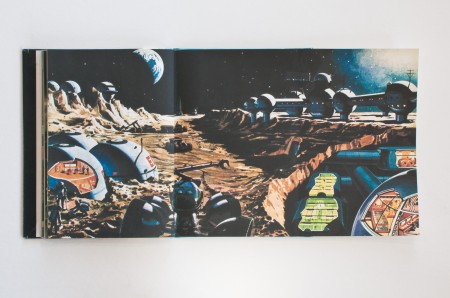
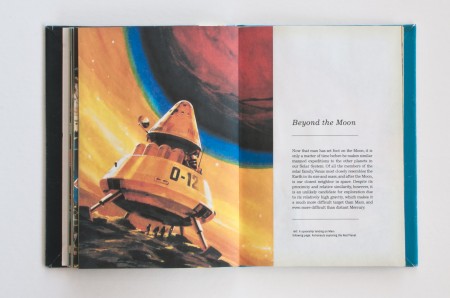
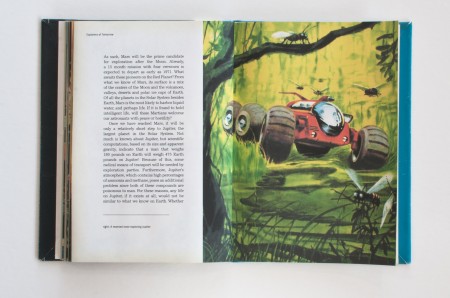
Explorers of Tomorrow is the title of the first book project I completed at the Academy of Art University in Spring 2009. Up to this point our projects consisted of posters and small printed materials, so this was the first time we were pushed to develop a consistent visual language and extend it across multiple pages. The assignment was to take a subject of interest, research its future 10 years from the present, and display our findings in a book.
Growing up, one of my favorite books was Automobiles of the Future by Irwin Stambler. Written in the 60s, it imagined the automobile in the 80s, 90s, and even the new millenium. The book was a window to a strange parallel dimension, where everything inside was a streamlined, pastel version of reality. Its pages held promise, for the future of automobiles was about more than spark plugs and oil filters, it was the story of man’s struggle to better himself. At the same time, it was very naive and simplified the world of tomorrow to a utopia that answered all of the problems facing their society. It never considered the possibility that the future would have its own set of obstacles to overcome. But that was its biggest appeal to me, to see the ways our society had advanced so far from their wildest dreams, yet fallen short on its fundamental ideals.
Space exploration has always been a fascination of mine. With that in mind I began to think about our future. 2019 will mark the 50th anniversary of the Apollo 11 flight, and I thought it would be interesting to look at the future of space exploration 10 years from the present, but from the perspective of writers in the past. Specifically, I wanted to look at how a society that had just landed on the moon would view space travel in the future: how would our idea of 2019 compare to a society’s that looked to the stars for answers?
